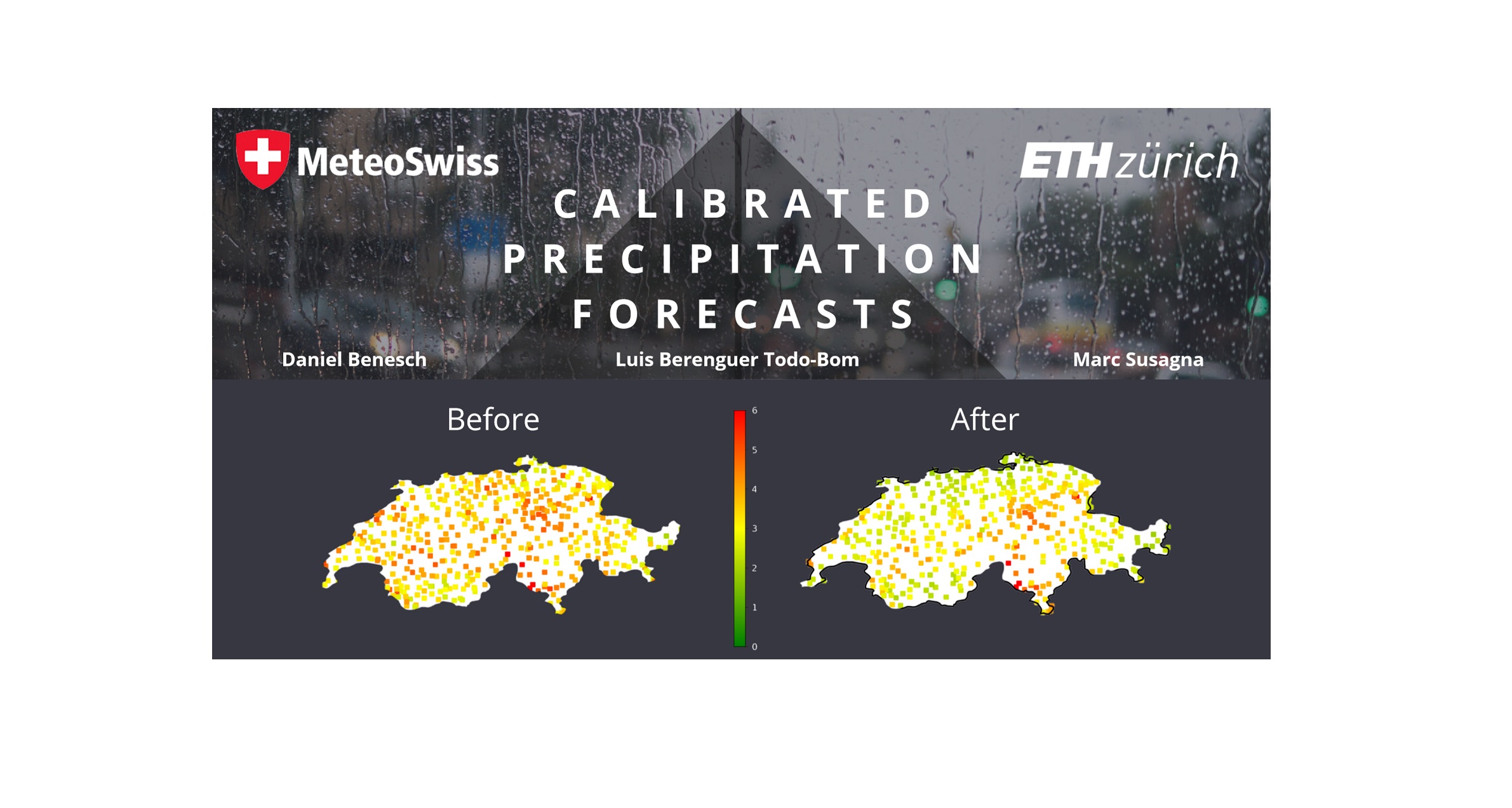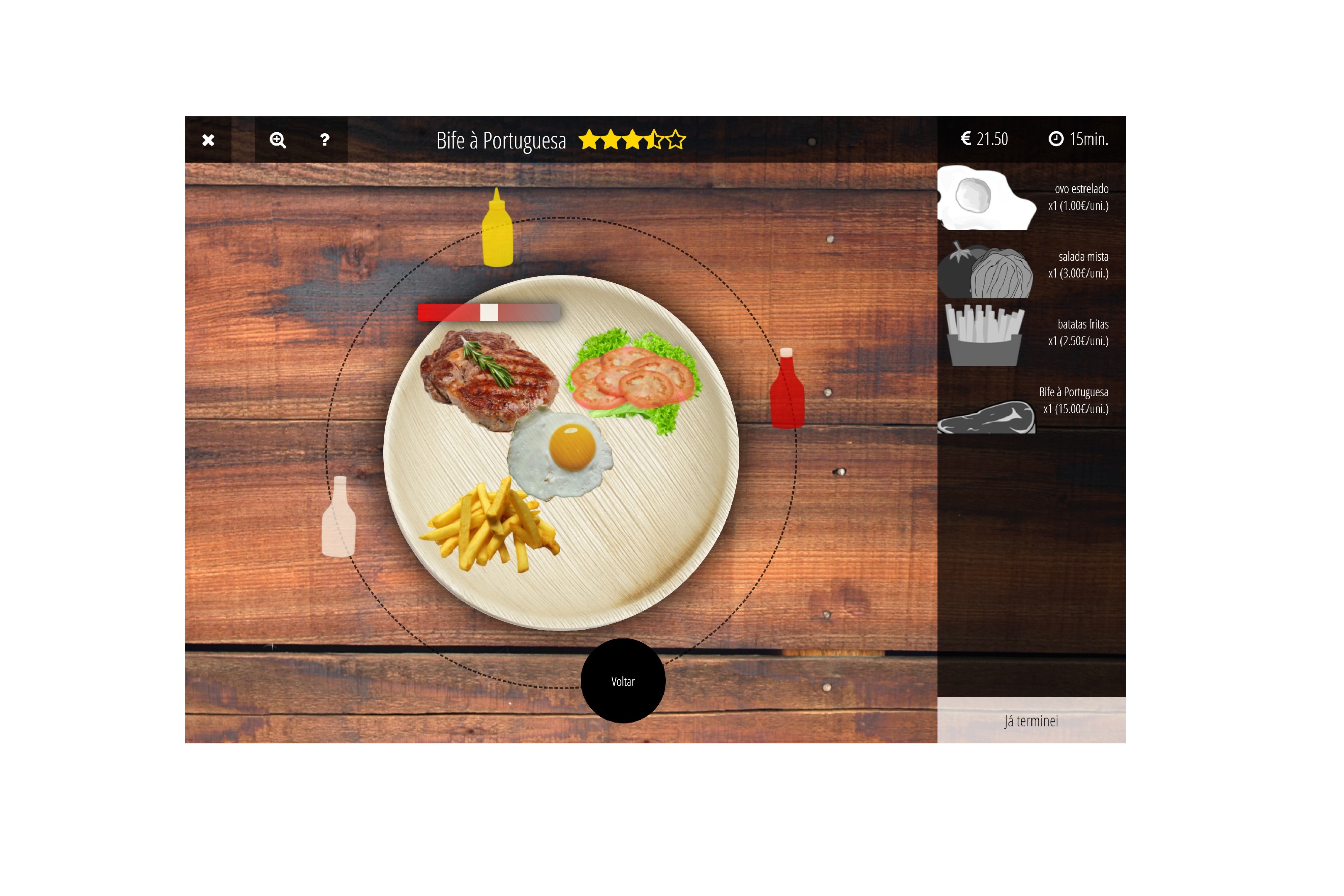Calibrated Precipitation Forecasts
We investigated Machine Learning methods for post-processing Numerical Weather Prediction (NWP)
of rainfall in Switzerland. In this task, due to the inherent uncertainty of precipitation,
the utility of the prediction for the end user does not solely come from an accurate point prediction,
but also from an informative assessment of the probability of different scenarios. As a consequence,
our goal is to provide, at any point in Switzerland, a predictive distribution that is wide enough to
capture the true rainfall and, at the same time, is narrow enough to be informative for the user.












